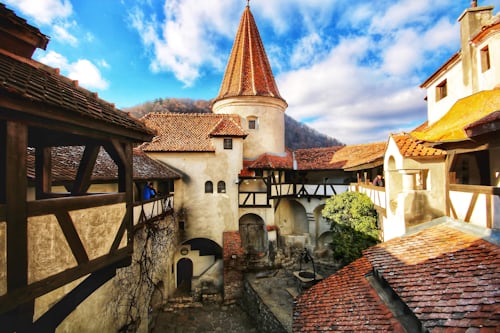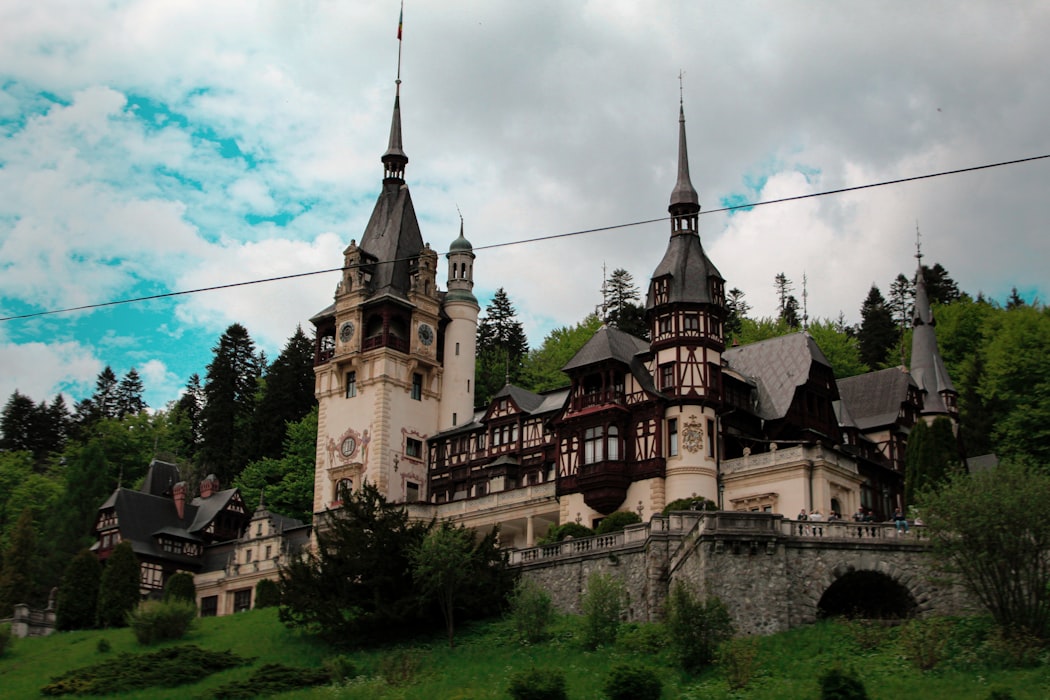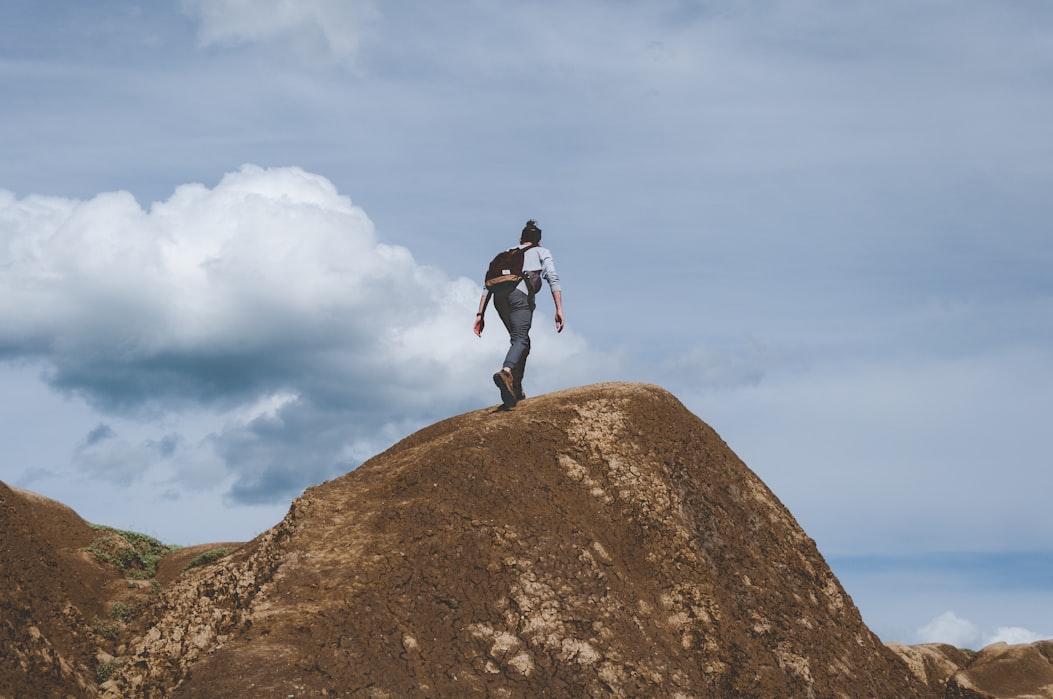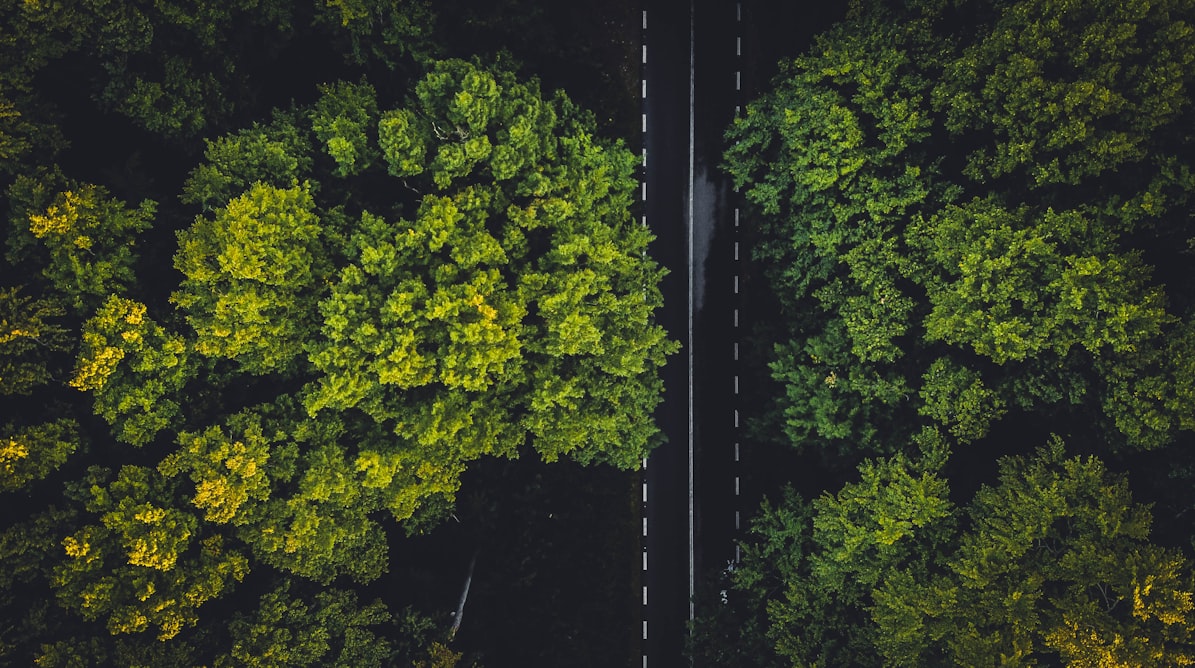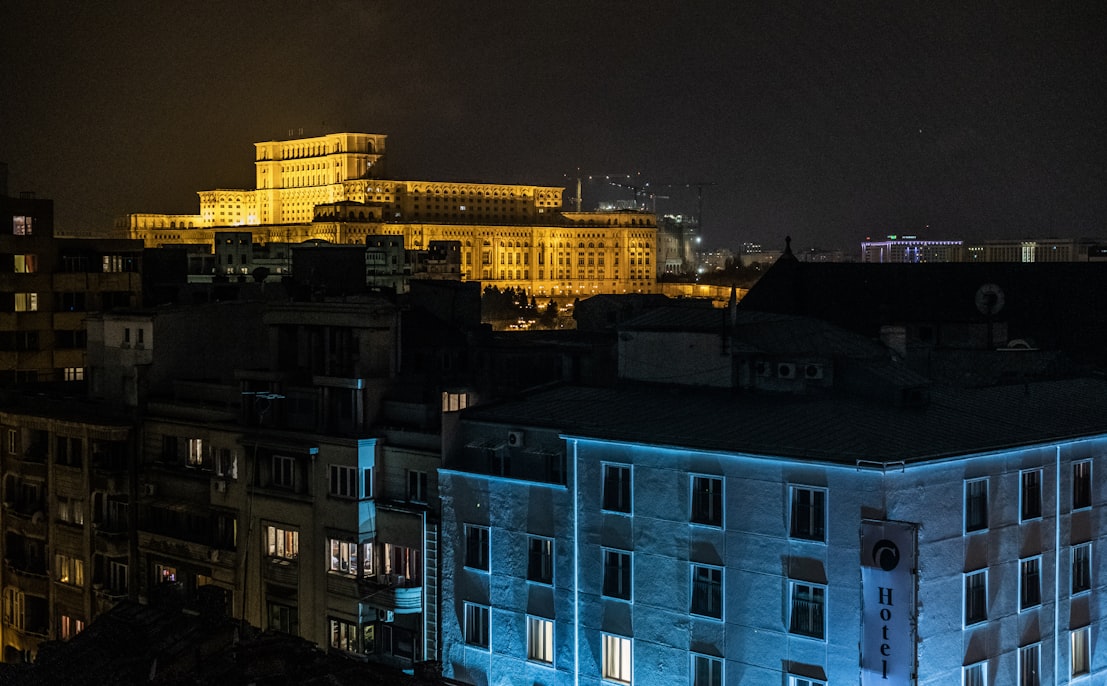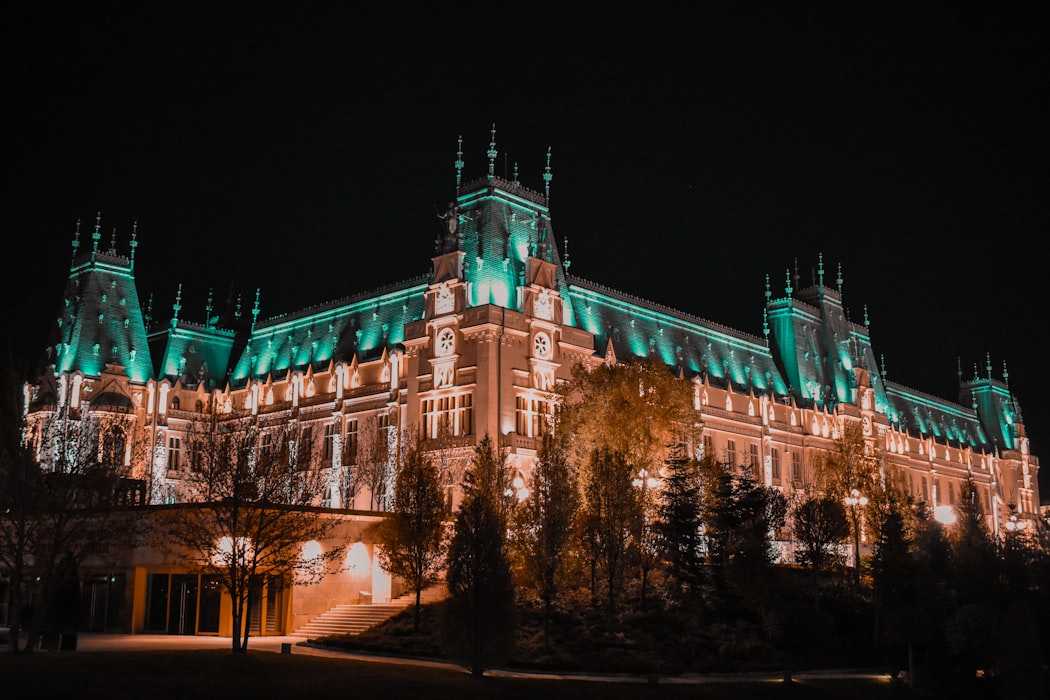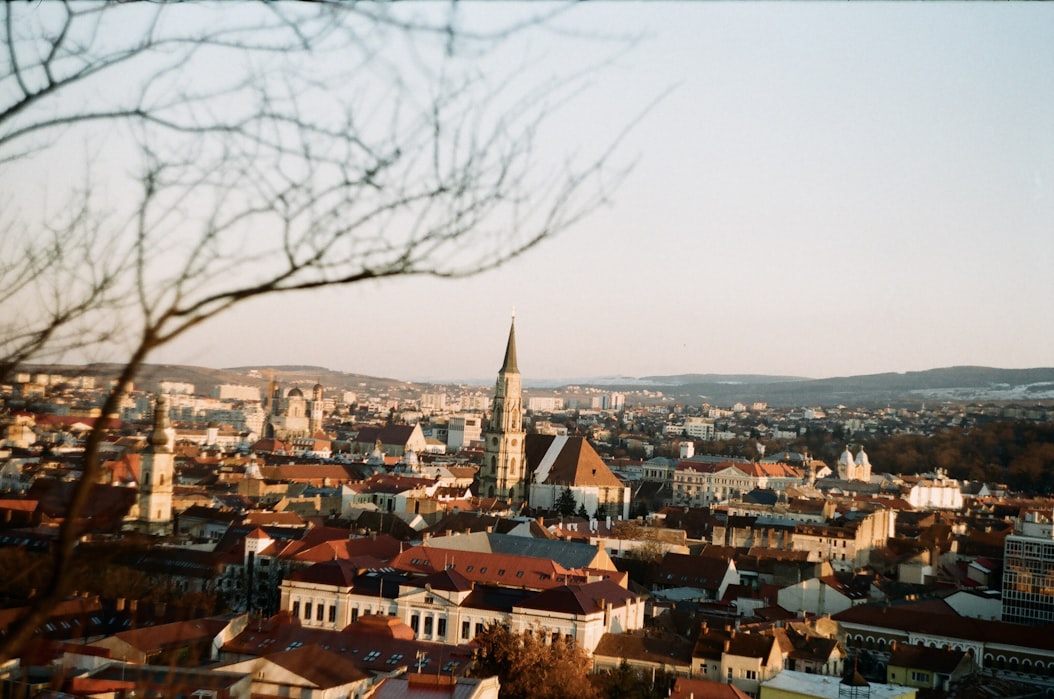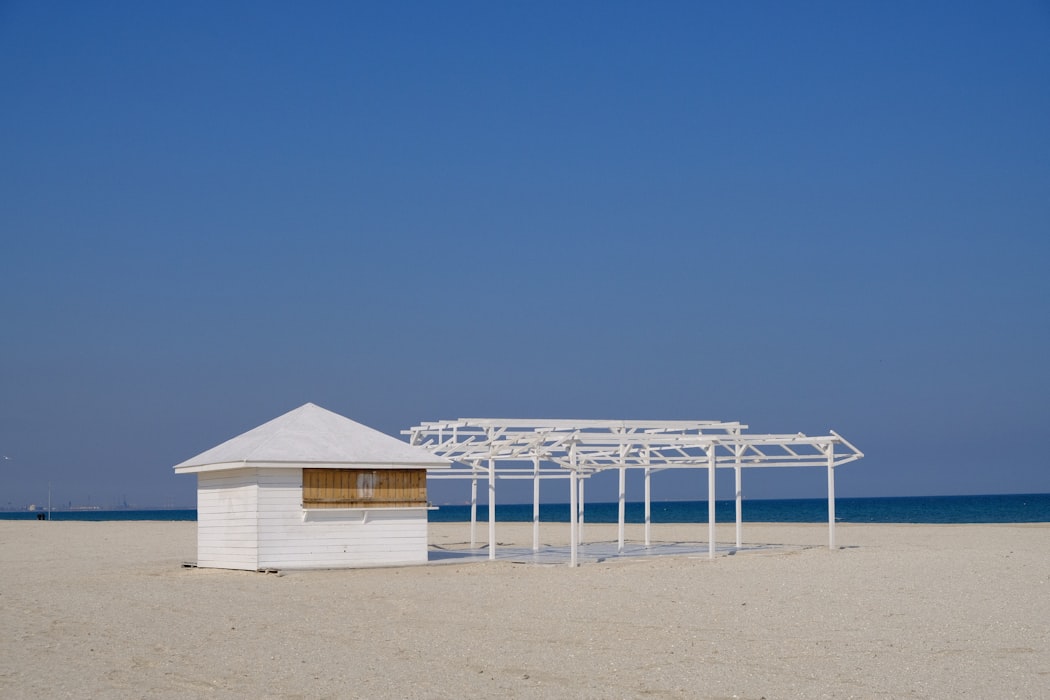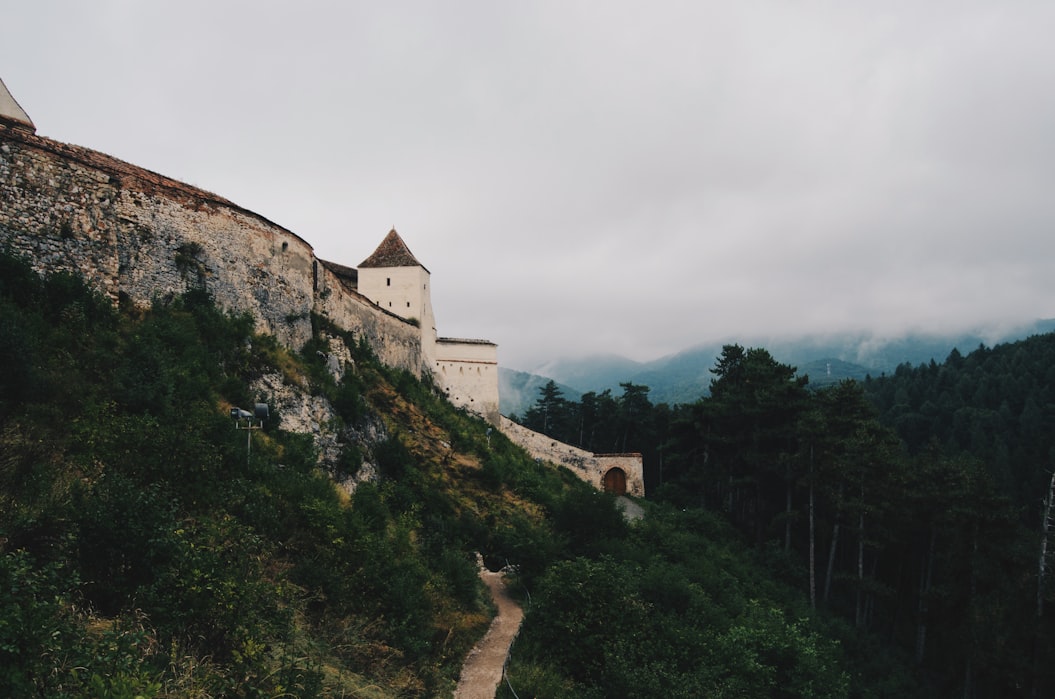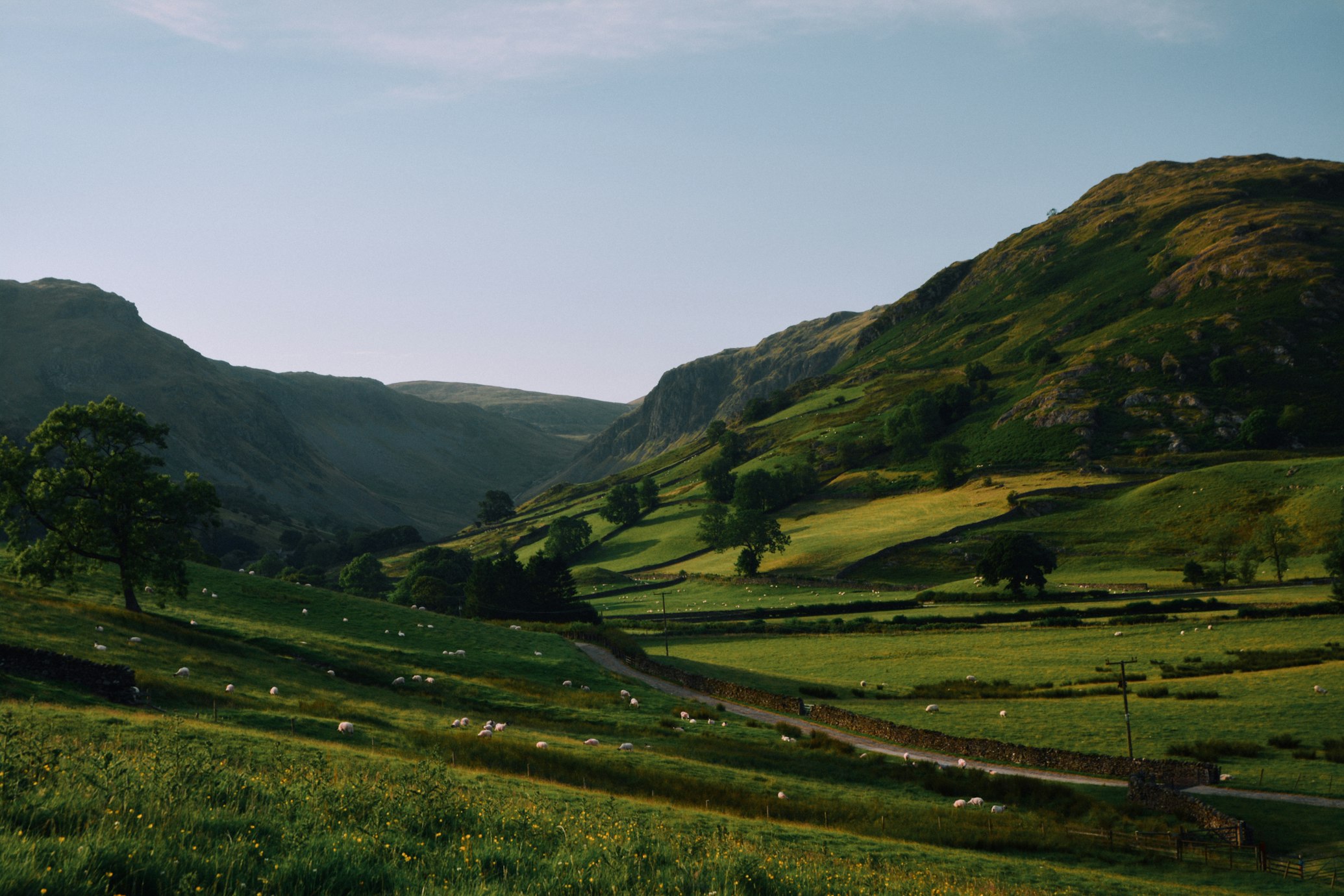Romania is one of my favorite countries in Eastern Europe.
Therefore, when Andy Braddell offered to write an article about the top 10 best activities in Romania, I was curious about his list.
Although I've been to most of these sites, there are a couple I haven't visited. It makes me want to return soon! Here's Andy...
1. Visit Dracula’s Castle: Bran Castle
Bran Castle is one of the most famous landmarks in Romania. Its aura of mystery makes it a must-visit destination for any traveler.
Bran Castle is located on top of a 200-foot cliff in Transylvania.
Dracula is a fictional character written by an Irish writer who had never visited Romania.
The infamous Vlad — also known as Vlad the Impaler, made Bran Castle his home.
One of the world’s most famous castles, Bran Castle, is a museum dedicated to Queen Marie of Romania.
2. Visit Peleș Castle
Romania is home to some pretty impressive castles — this is no secret! And Peles Castle, situated in central Romania, is one of our favorites.
As one of Romania’s most visited castles, Peles Castle has an incredible history, surroundings, and architecture.
The history began when Prince Carol of Romania saw Sinaia; he was overwhelmed by its beauty and decided to get some land and ordered a castle to be built as a summer residence for the Romanian royal family.
With 34,444 square feet, the castle has 160 lavishly decorated rooms with beautiful furniture and more than 30 bathrooms accompany them.
3. Visit the Mud Volcanoes in Buzau
Who wouldn’t like to be close to a volcano, smell it, feel it, or study it without putting lives in danger?
Well, there is surely great news - everyone can do this at the Mud Volcanoes.
Scientifically speaking, they are not real volcanoes; a long time ago, when the Carpathian mountains were still forming, the region was characterized by vigorous tectonic activity - this is how this bizarre landscape was formed.
The Muddy Volcanoes are not the volcanoes you would expect, but they are spectacular and naughty, dashing cold mud lava while enriching the area with a prickly scent of sulfur.
This particular place has lately become very popular among travelers for photo sessions.
4. See the ‘Living Fires’
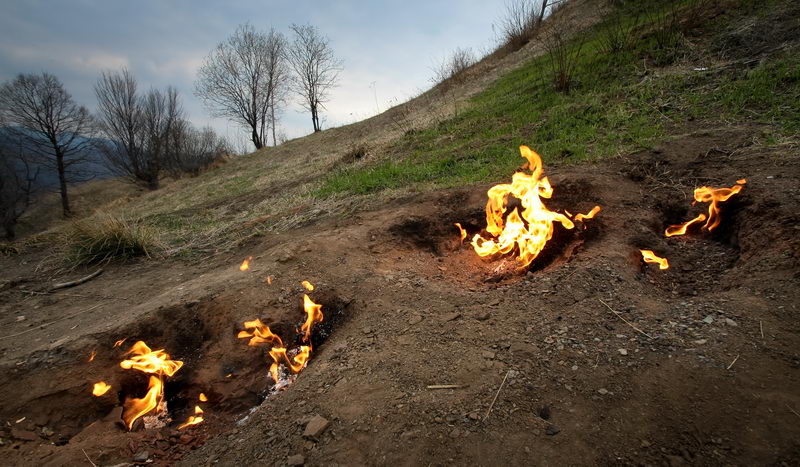
The Living Fires of Lopătari, Buzău are among the most mysterious and unusual phenomena you may find in nature, and many travelers miss the opportunity to visit them.
The main route to the Living Fires starts from the Terca village. This natural phenomenon is generated by the gases that blow out the earth’s cracks and then take fire spontaneously, forming flames of 50 up to 100 centimeters in height.
They say the fires burn down occasionally, but people light them on.
5. Wander around the Virgin Forest of Strambu-Baiut
Romania contains about 65% of the surviving virgin forests in Europe, which have become valuable for Romania and the world.
One of the best-preserved natural treasures is in Maramures, in the northern part of Romania. Strambu-Baiut lay in Tibles Mountains and was founded in 1835 by bringing together several iron foundries in one settlement region.
The forested area lies on 290,000 hectares. However, in ancient times, this region was covered with deep, barely accessible forests that formed a natural fortress.
6. Wander around Bucharest
Bucharest is, without any doubt - a stunning city. Royal City Bucharest is an elegant city with a passionate history for visitors to explore. Sometimes Bucharest gets a bad reputation, but the city is vibrant, energetic, and entertaining.
Lately, it is called ‘Little Paris of the East’ thanks to its vast palaces and beautiful buildings; Bucharest is considered home to epic mountains, dense forests, and flowing rivers. But in the city, you’ll find a friendly bunch of party people, a cosmopolitan feel, and buzzy nightlife.
That is why Romania’s capital Bucharest is famous all year round as a stag do destination. The beers are very cheap, you can do all sorts of crazy activities, and the adult entertainment side of things is pretty damn wild.
7. Palace of Culture
An iconic monument, the Palace of Culture was built between 1906–1925. It is known for its expression of the Neogothic style. It has no less than 298 rooms hosting four museums, historical artifacts, and art galleries.
The Palace is one of the country’s largest buildings and is built on the spot of an even older palace. Until the 1950’s it served as a Palace of Justice and Administration but is now the home to four museums.
The Palace is currently listed in the National Register of Historic Monuments.
8. Go to a festival in Cluj-Napoca
Cluj-Napoca is a beautiful and busy city with fantastic nightlife. Cluj is a festival destination. The Festivals attract many visitors to Cluj and have changed the city and stimulated its growth.
Cluj is home to three of Romania’s most prominent festivals: ‘Untold,’ ‘Electric Castle,’ and ‘TIFF.’ During the spring season, especially at the peak of summer.
9. Swim the Black Sea at Constanta
Want to visit Romania’s Black Sea beaches? Or maybe hear the waves, feel the breeze and eat some fresh seafood?
Then the Romanian seacoast by the Black Sea is the perfect escape!
Visit Constanţa, a historic seaside town with many spa resorts, beach bars, and energetic parties.
The Greeks founded Constanţa; it is the largest port on the Black Sea coast.
Constanţa is considered the Black Sea’s main port, the most important one in Romania, and the fourth one in Europe.
10. Visit Rasnov Citadel
Romania is known for the most famous castles, like ‘Dracula’s Castle’ and ‘Raşnov Citadel’ from Brasov.
Rasnov Fortress lies on a rocky hilltop in the Carpathian Mountains. Rasnov Fortress lies on a rocky hilltop in the Carpathian Mountains.
The fortress was built in 1331 as protection against invaders. The castle has remained almost precisely what was seen and treated by the medieval Romanians of the 13th century. The Rasnov Citadel is known as the ‘fortress of fear.’
The central area where Brasov is located is a wide-open flat valley. Thus, places like this were once targets for attack and invasion. This is why any hilltop that provided views and protection had a fortress. Rasnov Fortress offered a lookout to spot invading foreigners.
Learn about Eastern Europe in Francis Tapon's book, The Hidden Europe!
